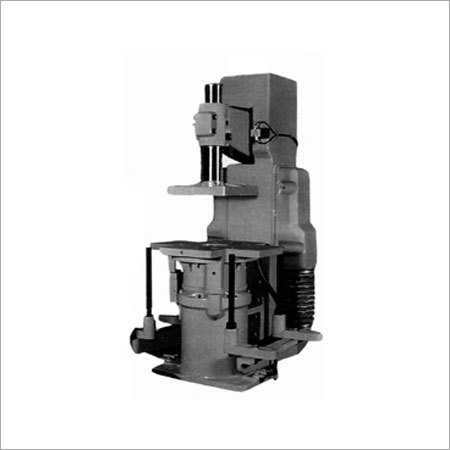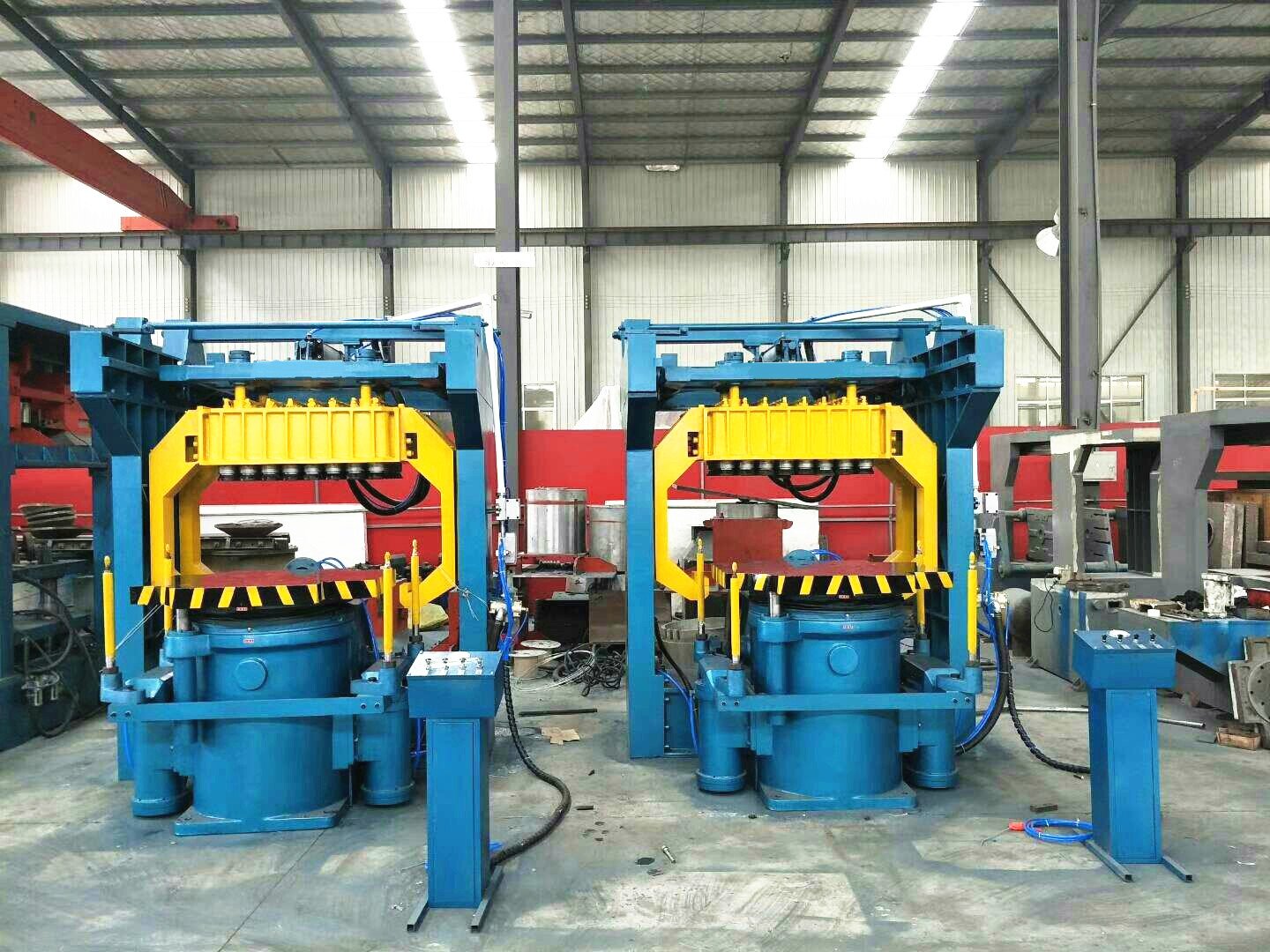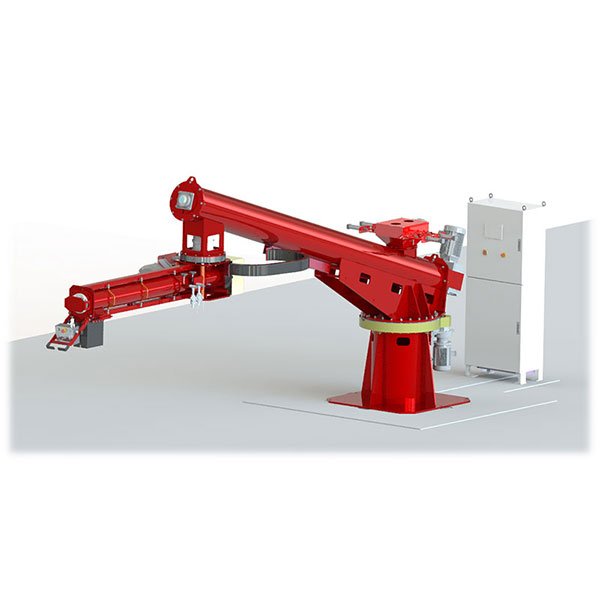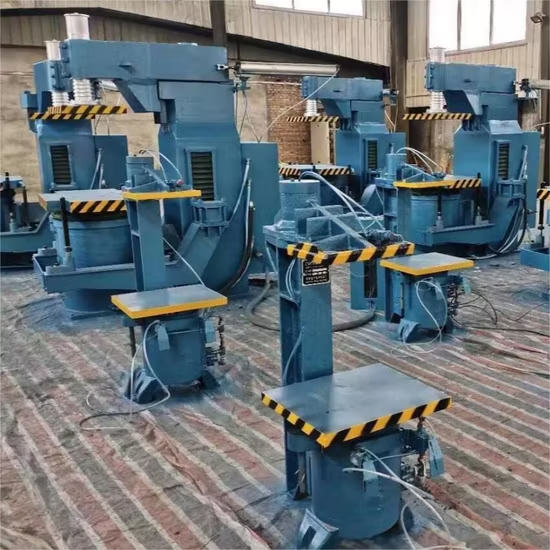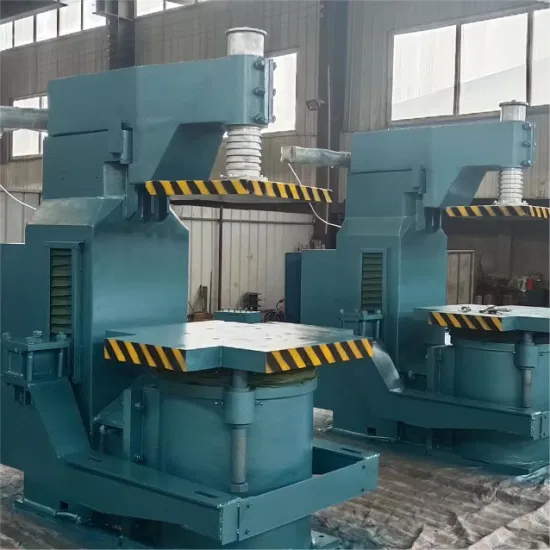
I once spoke with a client who spent over $150,000 on a casting machine—only to realize six months later it couldn’t meet their alloy's temperature needs. The result? Weeks of downtime, a scramble for retrofits, and lost customers.
The wrong foundry machine isn’t just an upfront mistake—it’s a long-term liability that drains productivity, increases defects, and eats into profits.
This guide helps you avoid common pitfalls and make smart, strategic equipment choices that pay off for years.
The Real Costs of Choosing the Wrong Foundry Machine
Cutting corners or rushing decisions when buying equipment can lead to serious operational consequences.
Misaligned or over/under-spec’d machines cost you more in downtime, scrap, labor, and energy than you think.
1. Downtime and Production Delays
A machine that's not built for your specific process often creates performance issues:
- Frequent Breakdowns due to overloading or overheating.
- Integration Problems with existing workflows, leading to constant recalibration.
- Operational Bottlenecks where the machine becomes the slowest part of your line.
Downtime isn’t just a nuisance—it disrupts delivery schedules and strains customer trust.
2. High Defect and Scrap Rates
Incorrect pressure, inadequate control systems, or poor mold alignment from ill-fitting machinery result in:
- Porosity
- Shrinkage cavities
- Dimensional inaccuracies
- Surface irregularities
Each defect means rework, wasted material, and a hit to your reputation.
| Issue | Cost Impact |
|---|---|
| 5% scrap rate increase | $20,000–$50,000 annually (avg.) |
| Delayed deliveries | Lost contracts or penalties |
| Rework labor | Hidden costs not tracked properly |
3. Inefficient Energy and Resource Use
Machines that are too large, too old, or too simplistic waste more than time:
- Oversized Units draw excess power for small runs.
- Lack of automation increases labor dependency and error.
- Non-optimized cycles consume unnecessary materials.
This drives up operating expenses and undermines sustainability targets.
4. Long-Term Maintenance Burden
Buying a machine is just the beginning. Without considering ongoing support, you might face:
- Long lead times for spare parts
- Technicians unfamiliar with the brand or model
- Lack of update compatibility or documentation
- No remote diagnostics or service access
Your machine should serve you—not the other way around.
Key Questions to Ask Before Choosing a Foundry Machine
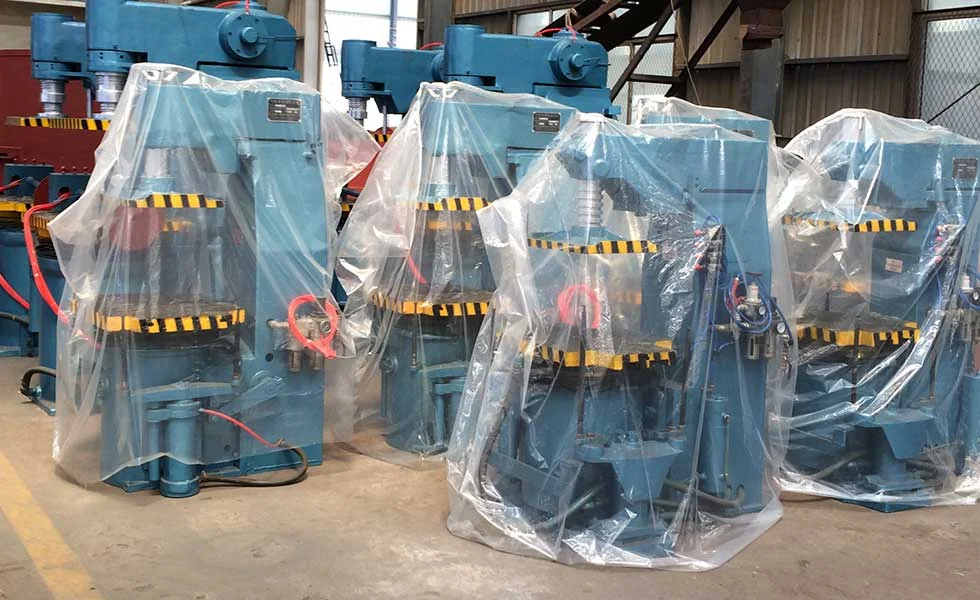
The right machine should match your product, process, and plant—not just your budget.
Asking the right questions upfront helps prevent expensive mistakes later.
What Are You Casting—and in What Volume?
Define your casting types, cycle time targets, and expected output.
- Over-spec’d machines = wasted capacity and higher costs
- Under-spec’d machines = bottlenecks and premature wear
Aim for 80–90% capacity utilization to allow for fluctuations and future growth.
What Material Are You Working With?
Alloys have different requirements for:
- Pouring temperature
- Flow control
- Solidification timing
- Mold compatibility
Choosing machines not rated for your alloy’s behavior is a fast track to defects and failures.
What Quality Standards Must You Meet?
Industries like aerospace, automotive, and energy require:
- Tight tolerances
- Smooth surface finishes
- Dimensional repeatability
Your equipment should match these expectations, or you'll struggle with compliance.
| Requirement | Machine Feature Needed |
|---|---|
| ±0.1 mm tolerance | High-precision servo control |
| Polished surfaces | Automated fettling/blasting units |
| ISO/ASTM standards | Calibrated process control systems |
Do You Need Flexibility or Specialization?
- Modular machines suit varying product lines and future adaptation.
- Specialized equipment offers speed and efficiency for a specific use case.
Choose based on your product roadmap and market demands.
What’s Your Available Floor Space and Infrastructure?
Check for:
- Footprint compatibility
- Power and ventilation capacity
- Integration with conveyors or existing tools
Ignoring this step often leads to costly last-minute changes during installation.
How to Choose the Right Machine: A Step-by-Step Framework

Buying equipment without a process is like casting without a mold—expect chaos.
This 6-step framework helps you make confident, data-driven decisions.
Step 1: Define Product & Volume Specs
List:
- All casting variants
- Maximum and minimum batch sizes
- Daily or weekly throughput
Step 2: List Material and Process Requirements
Include:
- Alloy types
- Temperature thresholds
- Mold types and cycle durations
Step 3: Identify Must-Have vs Nice-to-Have Features
Prioritize:
- Essential process control (e.g., temperature, pressure)
- Optional add-ons (e.g., auto-deburring, IoT modules)
Step 4: Evaluate Compatibility with Existing Systems
Ensure:
- Software and hardware integrations
- Conveyor alignments
- Safety systems
Step 5: Compare Lifecycle Costs (not just price)
Include:
- Energy consumption
- Maintenance schedules
- Spare part costs
Step 6: Consult a Technical Expert Before Purchase
Leverage:
- Vendor consultations
- Case studies from similar industries
- Simulations or process audits
Bonus: Red Flags That You’re Being Sold the Wrong Machine
Not all vendors have your best interests at heart. Watch for these warning signs:
| Red Flag | What It Means |
|---|---|
| “One-size-fits-all” claims | Lack of customization or understanding |
| No post-sale training or documentation | Poor long-term support |
| No compatibility assessment | Risk of integration failures |
| Focus on price over performance | May neglect quality, lifecycle, or ROI |
If a vendor can’t clearly explain how their solution fits your process, it’s time to walk away.
Conclusion: Get It Right the First Time and Save Thousands
Choosing a foundry machine is a long-term investment that defines your casting success.
Avoid generic equipment, rushed decisions, and short-term thinking—match your machine to your process, not just your budget.
By following a structured selection process and partnering with an experienced supplier, you avoid unnecessary costs and set your operation up for scalable, defect-free growth.
FAQs
What’s the biggest mistake people make when buying a foundry machine?
Choosing based on price alone without assessing compatibility or total cost of ownership.
How long should a properly chosen machine last?
With proper use and maintenance, 10–15 years or more, depending on workload and brand.
What’s more important: flexibility or specialization?
Depends on your product mix—high mix/low volume favors flexibility; high volume favors specialization.
Can automation be added later, or should it be built-in?
While some automation can be retrofitted, it’s best to choose systems designed for integration from day one.


